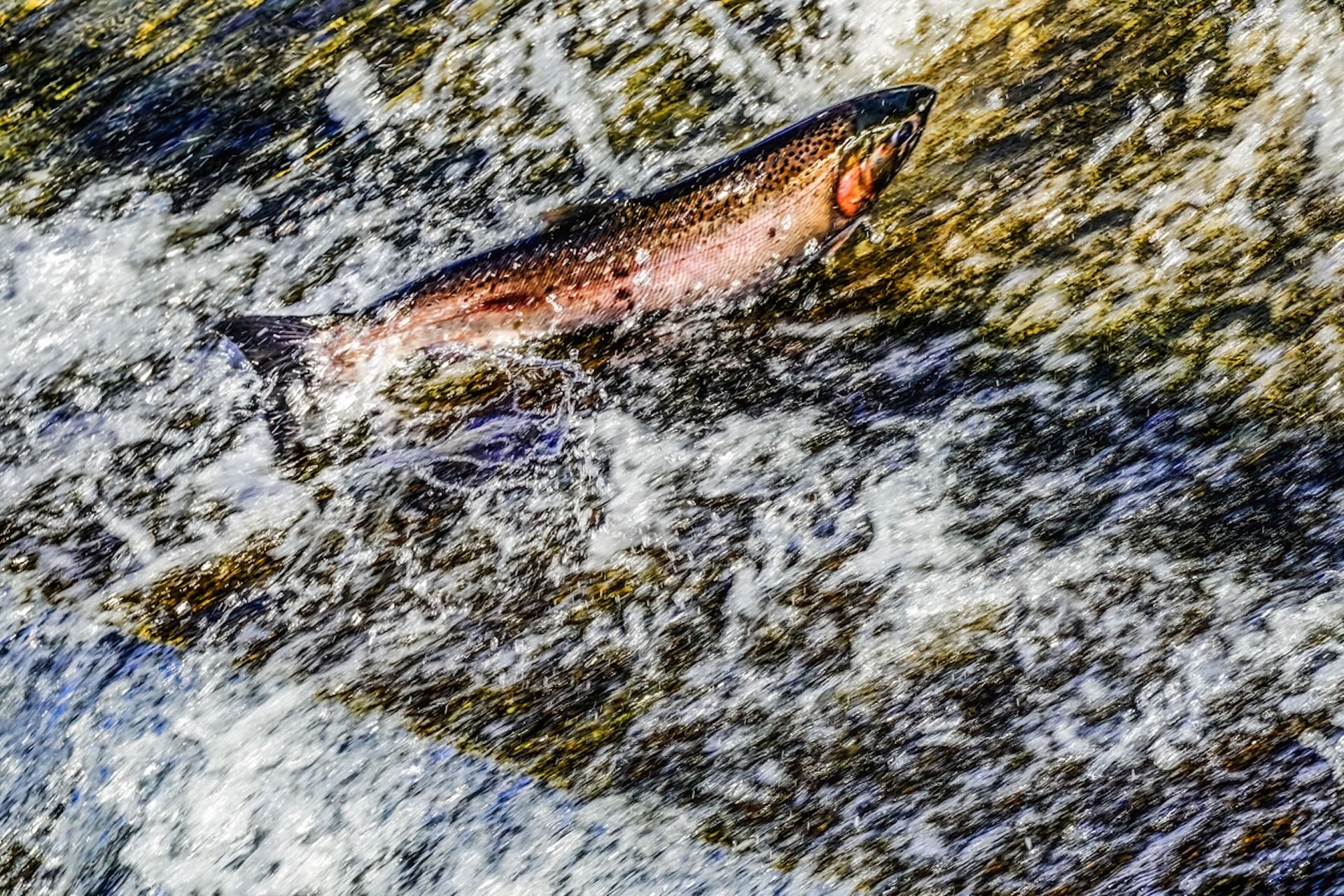The impact of an environmental restoration project on the California-Oregon border has seen almost instant results.
After the largest dam removal effort in U.S. history was completed in the Klamath River, salmon are once again swimming in the stretch of water and its tributaries, marking their return after over a century.
"It's been over 100 years since a wild salmon last swam through this reach of the Klamath River," Damon Goodman, a regional director for the non-profit conservation group California Trout, told the Guardian. "I am incredibly humbled to witness this moment and share this news, standing on the shoulders of decades of work by our Tribal partners, as the salmon return home."
🗣️ Do you think America does a good job of protecting its natural beauty?
🔘 Definitely 👍
🔘 Only in some areas ☝️
🔘 No way 👎
🔘 I'm not sure 🤷
🗳️ Click your choice to see results and speak your mind
The removal of the Copco No. 2 dam in the Klamath River was completed on Oct. 2, joining a long line of similar projects to restore water sources that featured dams to their natural state.
In addition to being essential for the health of the aquatic ecosystem, the destruction of the dam is also important to tribal culture. As Brook Thompson told the BBC, "The river was our grocery store," with the Karuk and Yurok tribes among the groups accustomed to fishing in it.
A mass fish die-off in 2002 encouraged greater efforts to bring the dam down. A report from the Yurok Tribal Fisheries Program, detailed by the BBC, found it was a "substantial causative factor" for the low water flow that hastened the demise of countless salmon.
The nearly immediate return of salmon demonstrates the importance of dam removal projects and emphasizes that it isn't too late to remedy mistakes of the past.
Despite dams being an essential feature of clean energy generation at hydroelectric sites, that shouldn't come at a cost to the local environment — and centuries of tribal history. That's why minimally intrusive technologies to harness the power of currents and waves are showing real promise as we continue to move away from polluting dirty fuels.
For example, a submerged "flying saucer" shaped unit developed by Carnegie Clean Energy can transform wave energy into electricity without the need for excessive and disruptive infrastructure.
Meanwhile, Ocean Power Technologies' "PowerBuoys" is nearing 15 megawatt-hours of sustainable energy production.
Join our free newsletter for good news and useful tips, and don't miss this cool list of easy ways to help yourself while helping the planet.










